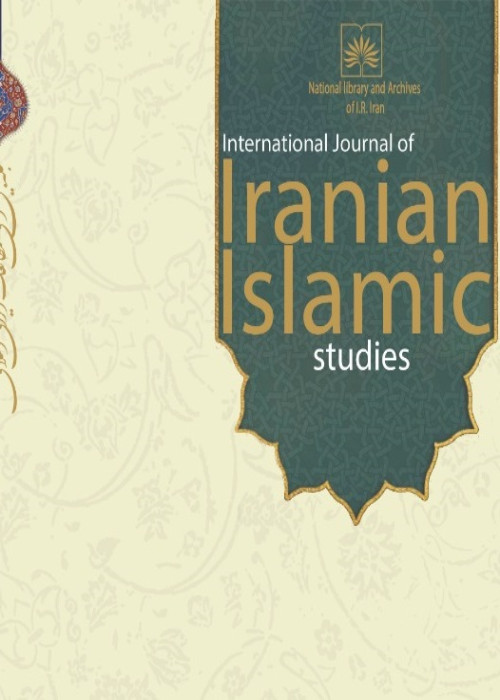Reflection of the encounter between Sharia and law in Iranian land law in Oriental studies
Land rights or property rights are one of the most important issues in land and property relations. Land law governs how land is owned and the resulting financial and human rules. In Iran, property rights were most affected by political events, the state of political power, and the reaction of the people to it. From pre-Islamic times, and especially during the Sassanids, there was a kind of confusion in the law and the nature of land ownership, which was the result of legal and religious interpretations. This turmoil was transferred to the Islamic era and became part of the Iranian land tenure tradition of the Islamic era. The Mongol invasion of Iran created a new challenge in civil relations that was rooted in the nature of the Mongol tribal relations and their differences with other dominant tribes in Iranian history. The purpose of Genghis Khan's law, which was called Yasa and was codified around 1206 AD, was the affairs of individuals, not their property. Therefore, the most important difference between Yasa and Sharia was that in Yasa, the personal situation and property of the individual were taken into consideration. Yasa challenged the pattern of land ownership and the resulting legal relationship by disparaging and degrading monopolies, both urban and rural. The confrontation between sharia and law in land rights and land ownership was one of the important issues in Iran after the Mongol invasion. In the Islamic period before the Mongol invasion, sharia and custom were the two main pillars of Iranian land law, with the arrival of the Mongols, the law was added and this was the beginning of a serious challenge in Iranian land law. The encounter of Sharia-Sunnah with Yasa and its effect on the civil relations of the Mongol era has not been reflected much in Oriental studies. Lambton calls the civil relations of this period "a renunciation of tradition." Petroshovsky considers the land issues of Iran in this period as the result of the transition of the Mongol Empire to the feudal stage. But these arguments do not agree with the realities of the Mongol era. During this period, the Yasa, as the legal and behavioral basis of the ruling class, was in serious conflict with the Iranian sharia and property traditions. It continued until later periods. By entering Iran, Genghis Khan's law was upgraded from a set of Mongol tribal laws to the level of the main legal framework of the vast Mongol territory of which Iran was a part. This somewhat challenged the position of the sharia. A challenge that, unlike in the past, when Sharia was able to partially resolve its break with Iranian custom, remained. According to Lambton, the difference between Yasa and Sharia was not noticeable in the early days of Mongol rule and when they settled in the suburbs. This difference became more palpable as the Mongols emerged from the alien invaders and mingled with the native people. Ghazan and Timur made efforts to reconcile Sharia and law, but this attempt was nothing more than the eclecticism of Sharia and law, which itself caused a great deal of legal turmoil. Why and how the challenge of Sharia and law in the time of the Mongols and the reflection of this challenge in Oriental studies are the questions posed in this study. Although during the rule of the Ilkhans, it became closer to the Iranian sharia and traditions, but in the end, it provided the ground for further domination of the government over the land and the form of its transfer. The expansion of large state-owned properties during the reign of Ghazan and his successors Oljaito (703-716 AH) and Abu Sa'id (716-736 AH) That was it.
Mongols , land rights , sharaa , custom , YASA
- حق عضویت دریافتی صرف حمایت از نشریات عضو و نگهداری، تکمیل و توسعه مگیران میشود.
- پرداخت حق اشتراک و دانلود مقالات اجازه بازنشر آن در سایر رسانههای چاپی و دیجیتال را به کاربر نمیدهد.



